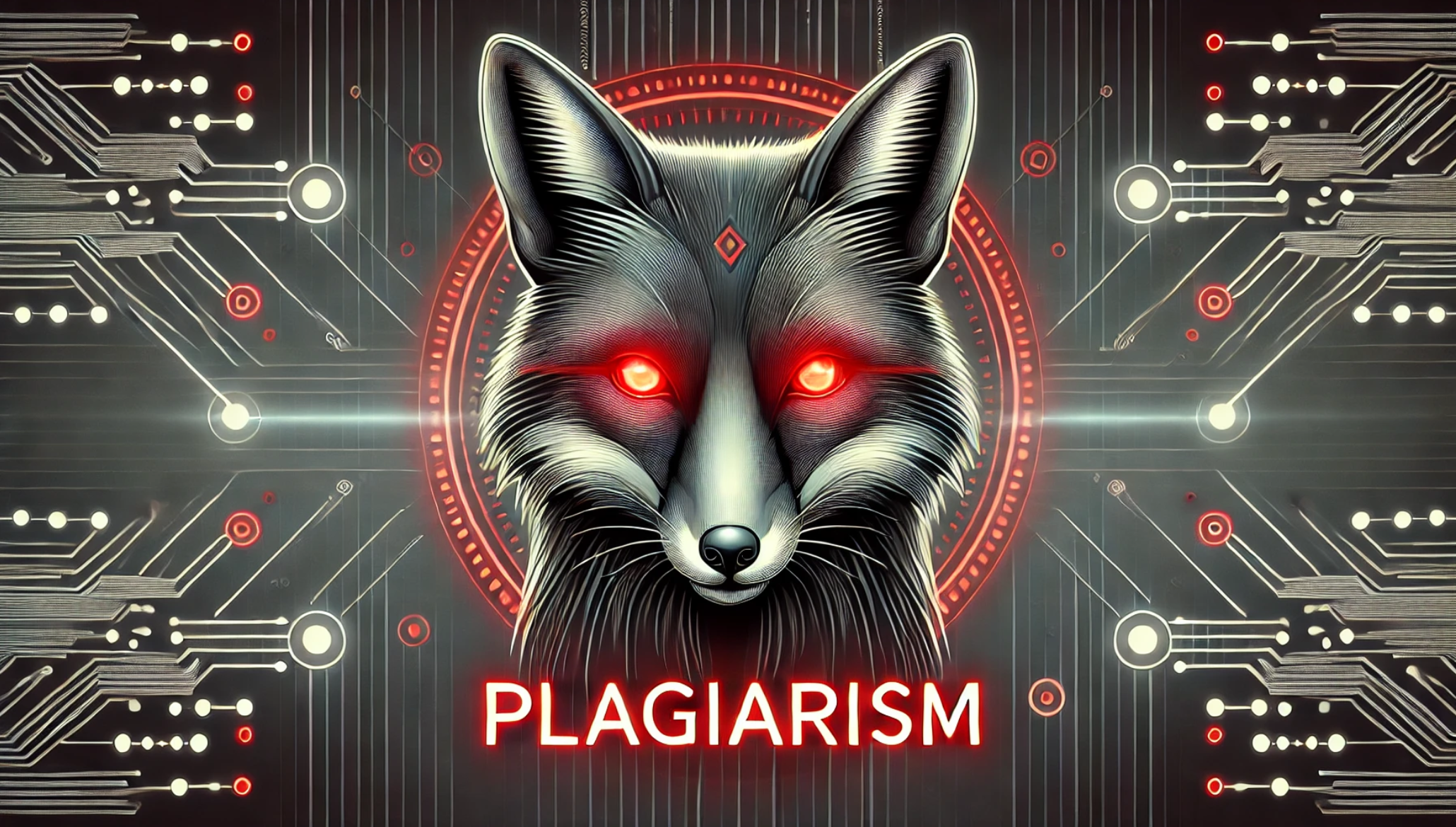Imagine standing in front of your computer screen, that dreaded similarity report your professor just sent back staring at you. We’ve all been there, and it’s easily one of the less pleasant tasks to do. You slaved over your paper, researched it sufficiently, and felt you did everything right, and somehow, you are being flagged for potential plagiarism. Even the most responsible student can have the anxiety of unintentional plagiarism creep into their academic journey. Knowing how to check for Plagiarism isn’t just to avoid being punished. It also helps you understand how to find your unique voice as an academic while keeping your head high. In today’s article, we’ll discuss ways to ensure your work is always original and how to utilize the best online services to check for plagiarism before turning it in.
Understanding Plagiarism in Academic Writing
Using the appropriate tools, you can submit your work with the assurance that it properly reflects your intellectual coursework. Georgetown University’s Honor Council defines Plagiarism as something that is not limited to copying but can be as simple as paraphrasing without proper attribution, which makes the development of strong check habits that much more critical.
So, when you check for Plagiarism, you should first see what Plagiarism is in academic contexts. But academic integrity is more than just avoiding word-for-word copying. It extends to citations of ideas, proper paraphrases, and appropriate use of source material. Knowing the nuances of this aspect will allow you to have better writing habits to avoid such unintentional stuff in your writing work. One of the problems many students face is not knowing when to cite sources and how to include other scholars’ ideas in their writing. Failure to cite and attribute sources properly can have dire consequences. You can fail an assignment, be suspended academically, or worse. You must get these right from the get-go.
Here are the most common types of plagiarism to watch out for:
- Direct Plagiarism: Copying text verbatim without quotation marks and attribution
- Mosaic plagiarism: Innuendo meaning – mixing up phrases from various sources without referencing them
- Self-plagiarism: Taking your work on reuse without permission or acknowledgment.
- Accidental Plagiarism: Forgetting to cite sources or not paraphrasing content quite enough
Tools and Techniques: Check for Plagiarism Effectively
Having the right tools available to check for plagiarism is a huge advantage. With the help of digital plagiarism checkers, it is easier today than ever to detect any problem by examining whether submitted content is original. Modern plagiarism detection tools use smarter algorithms to check your text against billions of published materials, and web content. These tools have advanced to the point where they can detect even the slightest type of unintentional plagiarism, keeping students in good academic standing.
Litero AI provides a full package to keep your content free from Plagiarism and Plagiarism-free content checking. You have a plagiarism checker and a paraphrasing tool built-in, so you can find what might be problematic and get suggestions on how to write better while still keeping your voice. The platform’s approach is tightly integrated and will help you train yourself into better writing habits and avoid unintentional Plagiarism from the get-go.
Best Practices for Maintaining Original Content
Using proper citation practice should be your foremost step in checking for plagiarism. Developing good research habits and keeping track of all the sources you consult is the best way to avoid unintentional plagiarism. If you don’t create a system to track your references and a way to organize your research materials effectively, you will pay dearly for it later when you have to do your citations. When you comply with the specific requirements of the citation style of your field of study and consistently apply these in your work, you show academic rigor and professionalism.
Examples of effective citation practices:
- While you do your research, keep a running bibliography.
- Page number and direct quotes should be noted down
- Organize your references by using citation management tools.
- Paraphrase all content, and double-check that it is against the source!
- Citation in a specific format is a guiding principle or standard in academia. We advise reviewing your institution’s specific citation guidelines often.
Conclusion
Checking for Plagiarism effectively is a skill you’ll need to use throughout your academic walk of life. Today, we’ve learned strategies and tools to help you develop your authentic writing voice and keep your academic integrity intact. As you remember, plagiarism checking isn’t just about not getting caught. It’s about giving due credit to authors and adding value to academic conversations. With a tool like Litero AI in your arsenal, you can write original content and build good citation habits. If you keep doing these things, you will avoid Plagiarism and become a better, more confident academic writer. Start taking hold of your academic integrity to let your voice stand out in every piece you write.
FAQ
Q: When should I make sure there’s no plagiarism in the text?
A: It’s important to check for plagiarism several times during your writing process, especially after you add new content or make a significant edit. Real-time checking features on Litero AI can help you keep originality throughout your writing process.
Q: How much similarity is Plagiarism?
A: While there is no single threshold, institutions generally view content with 15–20% equivalent regarding. But most of the time, it’s OK, given that you cite the quotes and popular phrases appropriately.
Q: Can I plagiarize myself?
A: Indeed, in academic contexts, you are guilty of self-plagiarism if you reuse your previous work without citing it or getting permission.

